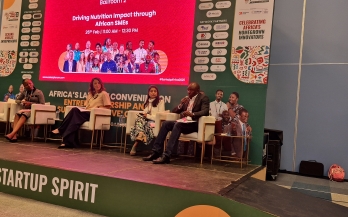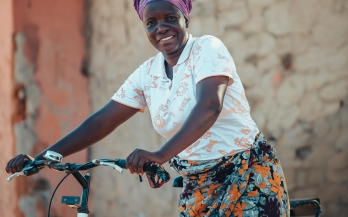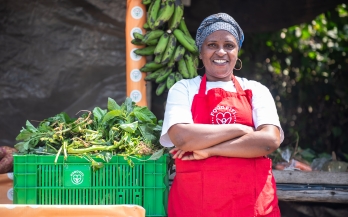The number of adults living with diabetes has more than doubled over the span of 30 years, rising from 7% in 1990 to more than 14% in 2022.1 An estimated 828 million adults worldwide currently live with diabetes, and if trends continue, this is projected to reach 1.3 billion by 2050.2
A single presentation about workforce nutrition became the catalyst for a transformative partnership with Uganda’s office of the prime minister (OPM). When we first introduced the four pillars of workforce nutrition i.e. nutrition education, healthy food at work, breastfeeding support, and nutrition focused health checks, we could not have anticipated the impact it would have on the officials present. Their response was immediate and enthusiastic “This is exactly what we have been missing”.
Imagine a Kenya where vibrant urban markets overflow with indigenous greens, youth in peri-urban areas lead Agri-tech startups, and rural cooperatives thrive as they steward regenerative farming methods. This future was at the heart of a recent co-creation workshop in Kenya, uniting 35 food system leaders from Ministry of Agriculture, Glocolearning, Food and Agriculture Organization (FAO), SUN CSA and GAIN to chart pathways toward food systems diversification. Diversification has been widely identified as a strategy with great potential to build better resilience, nutrition, and equity across Kenya.
Fighting malnutrition in all its forms is one of the major challenges of the 21st century. While more than 820 million people suffer from undernutrition and hunger, with 150 million children under age 5 stunted (too short for their age), another 2 billion people are overweight or obese. With SMEs in Africa producing and distributing approximately 70%-80% of the nutritious foods available on the continent, they are key drivers of food supply, job creation and economic growth. How can they reach lower-income consumers and create sustainable nutrition impact?
UN Deputy Secretary-General Amina Mohamed calls for bold action to accelerate food system transformation.
She highlights two key priorities:
1. Helping governments craft high-impact, investible actions.
2. Leveraging aid to unlock concessional loans and mobilize private sector resources for nutrition, food security, climate, resilience, and jobs.
Watch the video to hear her full message
Previously, we showed how NutriBaik is changing lives through this story. Today, we talk to Ancha Monequete on why she “finds hope in NutriBaik”. Here we see how, through women the NutriBaik, women are playing their part in the functioning of food systems.
As the world marks International Women’s Day 2025, we celebrate the resilience, ingenuity, and contribution of women in driving economic growth and improving household nutrition. In Kenya, one of the most visible yet often overlooked players in this space is the mama mboga (the last-mile vegetable vendor) who ensures families have access to fresh and affordable produce daily.
A recent high-level event co-hosted by the Center for Indonesian Policy Studies (CIPS) and the Global Alliance for Improved Nutrition (GAIN) brought together key stakeholders at Oakwood Suites Kuningan in Jakarta on December 10, 2024. This strategic discussion, which fostered collaboration among government, academia, and industry experts, aimed to contribute to addressing Indonesia's pressing food security and nutrition challenges.
The intersection of climate change and food security took center stage at the recent Nigeria Climate Change Forum, where experts gathered to discuss sustainable solutions for ensuring food and nutrition security amidst growing climate challenges.
Malnutrition and climate change are two of the most pressing challenges facing humanity today – and they are intrinsically connected. While food systems contribute to land degradation and roughly one-third of anthropogenic greenhouse gas emissions, climate change in turn jeopardizes the nutrient quality of staple crops.










